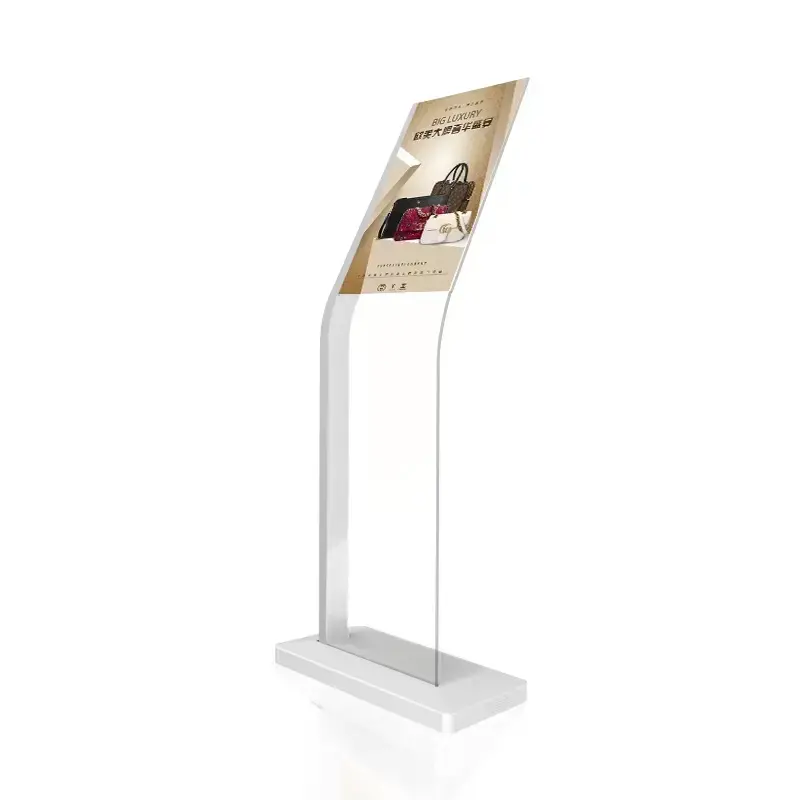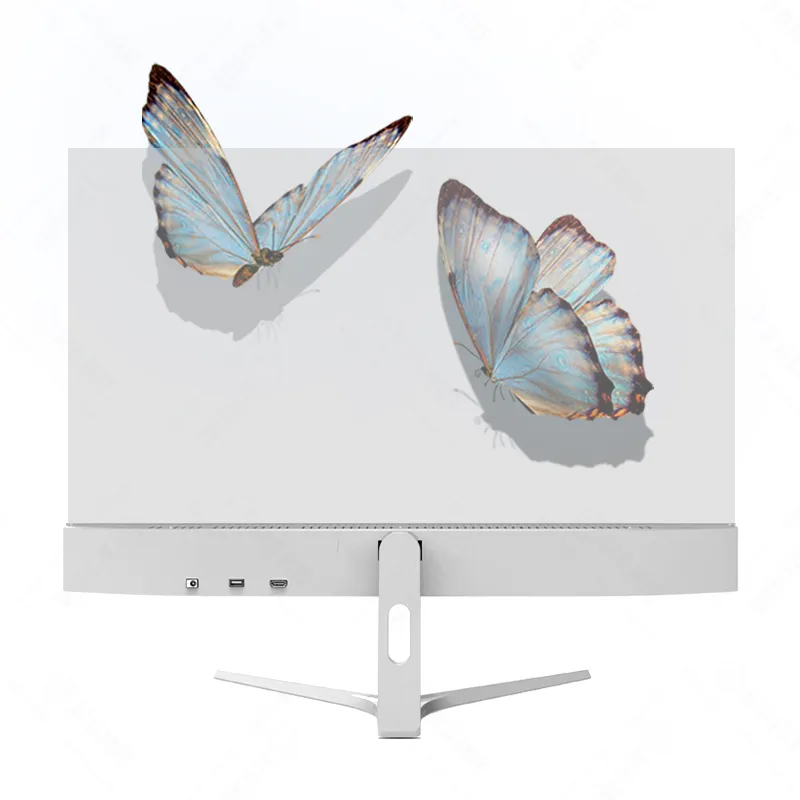Revolutionizing Visual Technology Through Transparency
The world of display technology is undergoing a profound transformation with transparent OLED technology leading the charge. This groundbreaking innovation represents a fundamental shift in how we interact with digital interfaces, offering an unprecedented blend of digital content and physical space. By allowing users to see through the display while simultaneously presenting vibrant, high-quality images, transparent OLED is reshaping our expectations of what a screen can be.
In today's rapidly evolving technological landscape, the integration of transparent OLED displays marks a pivotal moment in design history. These displays are not merely an iteration of existing technology; they represent a complete paradigm shift in how we conceive and interact with digital interfaces. The ability to seamlessly merge digital content with the physical world opens up possibilities that were once confined to science fiction.
Understanding Transparent OLED Technology
The Science Behind Transparency
Transparent OLED technology achieves its remarkable see-through quality through a unique combination of materials and engineering. Unlike traditional displays that require a backlight, OLED pixels emit their own light, allowing for true transparency when inactive. The display substrate is constructed from transparent materials, while the organic light-emitting compounds are arranged in precise patterns that maintain visibility through the screen.
The technology utilizes specialized transparent conductors and carefully engineered pixel structures that maximize both visual clarity and display performance. When powered off, transparent OLED displays can achieve up to 88% transparency, creating an almost invisible presence in their environment.
Technical Advantages Over Traditional Displays
Transparent OLED displays offer several distinct advantages over conventional display technologies. They provide superior contrast ratios and deeper blacks, as pixels can be completely turned off when displaying dark content. The self-emissive nature of OLEDs also results in faster response times and wider viewing angles, crucial for applications where visibility from multiple positions is essential.
Energy efficiency is another significant benefit, as transparent OLED displays only consume power for illuminated pixels. This selective illumination not only saves energy but also contributes to the display's overall transparency when showing partial content.

Design Applications and Innovation
Retail and Commercial Spaces
The retail sector has embraced transparent OLED technology with remarkable enthusiasm. Storefront windows are being transformed into interactive displays that maintain visibility into the store while overlaying dynamic digital content. Luxury brands are using transparent OLED displays to create immersive product showcases where digital information appears to float alongside physical merchandise.
Shopping centers and commercial spaces are incorporating these displays into architectural elements, creating dynamic environments that can transition between transparency and digital content. This flexibility allows businesses to maximize their space utilization while providing cutting-edge customer experiences.
Automotive Integration
The automotive industry is at the forefront of transparent OLED implementation. Vehicle manufacturers are developing innovative applications for windshields and windows, where driving information, navigation data, and safety alerts can be displayed without obstructing the driver's view of the road. These heads-up displays represent a significant advancement in both safety and user experience.
Interior vehicle design is also being revolutionized, with transparent OLED panels serving as configurable information displays that become virtually invisible when not in use. This technology enables designers to create cleaner, more minimalist cockpits while maintaining full functionality.
Future Prospects and Development
Emerging Applications
The potential applications for transparent OLED technology continue to expand. Smart home integration is becoming increasingly sophisticated, with transparent displays being incorporated into windows, mirrors, and glass partitions. These installations can switch between serving as conventional transparent surfaces and interactive display interfaces.
Healthcare facilities are exploring the use of transparent OLED displays for patient monitoring and medical imaging, allowing healthcare providers to maintain visual contact with patients while accessing critical information. Educational institutions are implementing these displays in innovative ways to create more engaging learning environments.
Technical Evolution and Improvements
Ongoing research and development in transparent OLED technology is focused on several key areas. Engineers are working to increase transparency levels while maintaining optimal display performance. Efforts are also being made to improve durability and longevity, addressing traditional OLED concerns about lifespan and burn-in effects.
Manufacturing processes are being refined to reduce production costs and increase yield rates, making transparent OLED technology more accessible for widespread adoption. These improvements are crucial for expanding the technology's application across different industries and use cases.
Frequently Asked Questions
What makes transparent OLED different from regular OLED displays?
Transparent OLED displays utilize specialized transparent components and self-emitting pixels that allow light to pass through when inactive. Unlike regular OLEDs, they don't require an opaque backing or backlight, enabling see-through capability while maintaining the high contrast and color quality associated with OLED technology.
How durable are transparent OLED displays?
Modern transparent OLED displays are engineered for durability with protective layers and robust construction. While they require careful handling, technological advances have significantly improved their resilience to environmental factors and regular use. Manufacturers typically provide specific lifetime ratings and maintenance guidelines for different applications.
Can transparent OLED displays work in bright sunlight?
Transparent OLED displays are designed to function in various lighting conditions, though their visibility can be affected by direct sunlight. Many implementations include automatic brightness adjustment and specialized coating technologies to optimize visibility while maintaining transparency in different ambient light situations.

